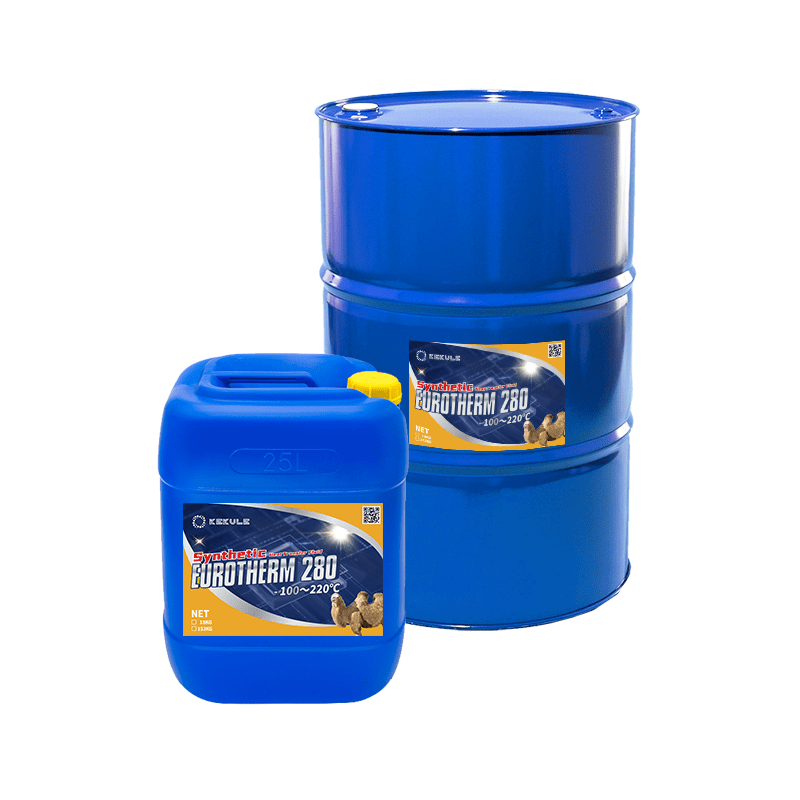Chemie for Dummies
Table of ContentsThe 3-Minute Rule for ChemieWhat Does Chemie Do?Indicators on Chemie You Need To KnowChemie - An OverviewRumored Buzz on ChemieUnknown Facts About Chemie
By Bojanna Shantheyanda, Sreya Dutta, Kevin Coscia and David SchiemerDynalene, Inc. Fluid air conditioning, which can be accomplished utilizing indirect or straight methods, is utilized in electronics applications having thermal power densities that might go beyond secure dissipation with air cooling. Indirect liquid cooling is where warmth dissipating digital elements are physically separated from the liquid coolant, whereas in instance of straight cooling, the parts remain in direct call with the coolant.In indirect air conditioning applications the electric conductivity can be vital if there are leakages and/or splilling of the fluids onto the electronics. In the indirect air conditioning applications where water based liquids with deterioration inhibitors are normally used, the electric conductivity of the liquid coolant mostly depends upon the ion focus in the liquid stream.
The rise in the ion concentration in a shut loophole fluid stream may take place due to ion leaching from metals and nonmetal elements that the coolant fluid is in contact with. During procedure, the electric conductivity of the fluid might boost to a level which can be dangerous for the cooling system.
Some Known Questions About Chemie.
(https://www.storeboard.com/chemie)They are bead like polymers that can trading ions with ions in a remedy that it is in contact with. In today job, ion leaching examinations were executed with various metals and polymers in both ultrapure deionized (DI) water, i.e. water which is treated to the highest possible levels of pureness, and low electric conductive ethylene glycol/water mixture, with the determined change in conductivity reported in time.
The examples were permitted to equilibrate at area temperature level for two days before taping the initial electric conductivity. In all examinations reported in this research study liquid electric conductivity was measured to a precision of 1% making use of an Oakton disadvantage 510/CON 6 collection meter which was adjusted before each measurement.
The smart Trick of Chemie That Nobody is Discussing
from the wall surface home heating coils to the facility of the heater. The PTFE example containers were placed in the heater when stable state temperature levels were gotten to. The examination configuration was gotten rid of from the heater every 168 hours (seven days), cooled to area temperature level with the electric conductivity of the fluid measured.
The electrical conductivity of the fluid example was checked for an overall of 5000 hours (208 days). Schematic of the indirect shut loop cooling experiment set up. Components utilized in the indirect shut loophole cooling down experiment that are in call with the liquid coolant.

Chemie Can Be Fun For Anyone
During procedure the liquid reservoir temperature level was kept at 34C. The change in fluid electrical conductivity was checked for 136 hours. The liquid from the system was gathered and saved. Similarly, closed loophole examination with ion exchange material was performed with the very same cleansing procedures used. The preliminary electric conductivity of the 230ml UP-H2O in the system determined 1.84 S/cm.

0.1 g of Dowex resin was contributed to 100g of fluid examples that was taken in a different container. The mixture was mixed and change in the electrical conductivity at room temperature level was measured every hour. The gauged adjustment in the electrical conductivity of the UP-H2O and EG-LC examination liquids consisting of polymer or metal when involved for 5,000 hours at 80C is revealed Figure 3.
Chemie - Questions
Ion leaching experiment: Measured modification in electrical conductivity of water and EG-LC coolants including either polymer or steel samples when submersed for 5,000 hours at 80C. The outcomes suggest that steels contributed less ions right into the fluids than plastics in both UP-H2O and EG-LC based coolants.
Liquids consisting of polypropylene and HDPE showed the least expensive electrical conductivity modifications. This could be due to the short, stiff, straight chains which are much less likely to contribute ions than longer branched chains with weak intermolecular pressures. Silicone likewise carried out well in both examination fluids, as polysiloxanes are usually chemically inert due to the high bond energy of the silicon-oxygen bond which would stop destruction of the material right into the liquid.
The 3-Minute Rule for Chemie
It would certainly be expected that PVC would create similar results to those of PTFE and HDPE based on the comparable chemical structures of the materials, however there might be various other impurities present in the PVC, such as plasticizers, that may impact the electric conductivity of the Recommended Reading liquid - heat transfer fluid. Furthermore, chloride teams in PVC can additionally leach into the examination liquid and can cause an increase in electrical conductivity
Buna-N rubber and polyurethane showed indications of destruction and thermal decomposition which suggests that their feasible energy as a gasket or adhesive product at higher temperature levels can lead to application concerns. Polyurethane totally disintegrated into the test fluid by the end of 5000 hour test. Figure 4. Prior to and after photos of metal and polymer samples submersed for 5,000 hours at 80C in the ion leaching experiment.
Measured adjustment in the electric conductivity of UP-H2O coolant as a feature of time with and without material cartridge in the shut indirect cooling loophole experiment. The determined adjustment in electrical conductivity of the UP-H2O for 136 hours with and without ion exchange resin in the loophole is displayed in Number 5.